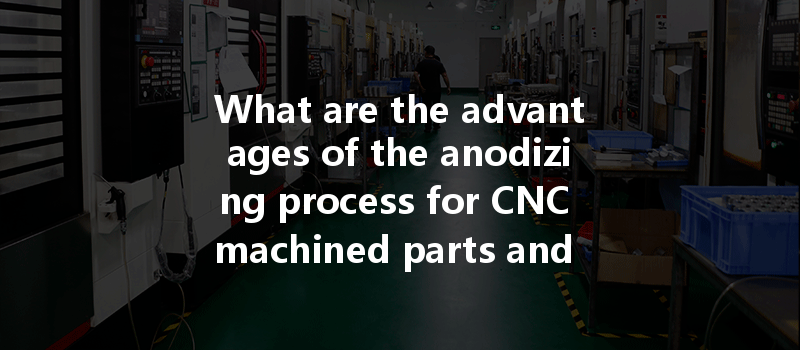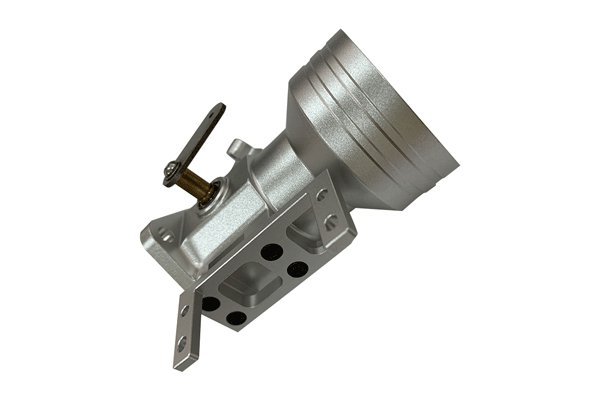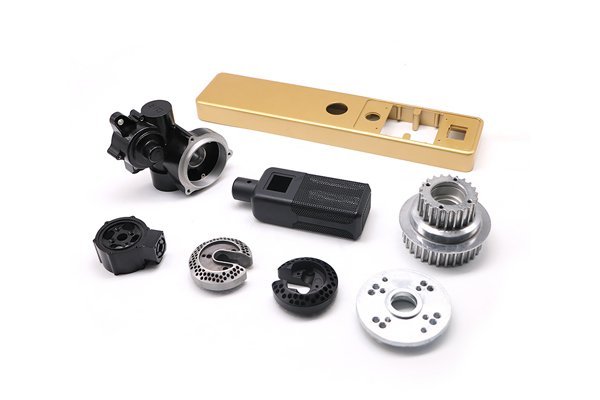: Did You Know?
Did you know that anodized aluminum can be up to 25% stronger than non-anodized aluminum? This remarkable transformation is achieved through a process called anodizing, a technique that enhances the durability and performance of aluminum components. In the world of CNC machining, selecting the right finishing processes can make all the difference, and anodizing is one of the frontrunners in delivering superior quality and longevity.
This blog will explore the advantages of anodizing in detail, offering insight into how this process works, its benefits for CNC machined parts, and the techniques you can use to maximize its effectiveness.
What is Anodizing?
Anodizing is an electrochemical process that transforms the surface of metals—primarily aluminum—into a decorative and protective oxide finish. The process works by immersing the aluminum in an acid electrolyte bath while applying an electrical current. This results in the formation of a thicker oxide layer than what occurs naturally, enhancing the material’s performance characteristics without compromising its physical properties.
This protective layer acts not only as a barrier to environmental exposure but also provides improved aesthetics and additional functionalities, such as color variations and surface hardness.
Advantages of Anodizing for CNC Machined Parts
Now that we have a basic understanding of what anodizing is, let’s dive deeper into its advantages—how it enhances the performance of CNC machined parts.
One of the most significant benefits of anodizing aluminum parts is enhanced corrosion resistance. The anodized layer offers a robust barrier against moisture and various environmental factors that can lead to rust and corrosion. This is especially important for components that will be used in outdoor or harsh environments.
The anodization process increases the surface hardness of aluminum, making it considerably more resistant to scratches, wear, and tear. The thickness of the oxide layer can be controlled during the anodizing process, allowing manufacturers to determine the level of hardness required for particular applications.
Anodizing allows for versatile color options, enabling manufacturers to achieve specific aesthetics suited to various applications. The dyeing process can take place after anodizing, allowing for vibrant color options that will not chip or peel away like traditional paints or coatings.
The anodized layer provides excellent electrical insulation, making anodized aluminum parts safe for electronic applications. The oxide layer acts as a dielectric barrier, preventing electrical conduction between components.
Unlike conventional plating methods that may involve toxic chemicals, anodizing is considered an environmentally friendly process. The anodic oxide layer is non-toxic and can be safely disposed of without harming the environment.
The Anodizing Process Step-by-Step
Understanding the step-by-step process of anodizing can help you optimize CNC machined parts for enhanced performance.
Step 1: Material Preparation
Before anodizing, the aluminum parts must be cleaned and prepped appropriately. This usually involves:

Step 2: Anodizing Setup
The parts are submerged in a sulfuric acid electrolyte bath, and an electrical current is passed through the solution. The aluminum acts as the anode in this electrochemical reaction, leading to forming an aluminum oxide layer.
Step 3: Control of Anodizing Variables
To achieve varying thickness levels and properties of the anodized layer, several parameters can be controlled during the process, such as:
Step 4: Coloring (Optional)
If color enhancement is desired, the anodized parts can be immersed in a dye solution. The process allows the dye to bond with the porous anodic layer, resulting in lasting vibrant finishes.
Step 5: Sealing
After anodizing and coloring, sealing is done through hot water or steam treatment to close the pores of the anodized layer. This enhances corrosion resistance and locks in the dye color.
Maximizing the Benefits of Anodizing for CNC Machined Parts
To leverage the advantages of anodizing for CNC machined parts effectively, consider the following strategies:
Careful Material Selection
When designing parts, select alloys that are known for their anodizing compatibility (e.g., 6061, 6063). Some alloys may not anodize well, affecting the quality and aesthetics of the finish.
Integration with CNC Machining Design
Design parts with anodizing in mind. Factors like wall thickness, corners, and overall design complexity can affect the anodizing process. Smart design can not only make machining easier but also ensure a uniform anodized finish.
Quality Control Measures
Ensure that adequate quality control measures are in place in every phase of machining and anodizing processes. Proper checks on surface preparation, anodizing parameters, and finish quality can greatly enhance the longevity and performance of machined parts.
Anodizing has emerged as a vital process in enhancing the performance of CNC machined parts. From improved corrosion resistance and surface hardness to increased aesthetic appeal, the benefits of anodizing are multifaceted. The process aligns well with the sustainability trends of modern manufacturing, providing businesses a competitive edge in both quality and environmental responsibility.
As CNC machining has become integral to modern manufacturing, understanding and implementing the anodizing process is paramount. By integrating anodizing into your manufacturing processes, you can ensure that the end products not only meet functional requirements but also satisfy aesthetic and longevity criteria.
Why is this important? Because in a market flooded with competition and evolving consumer preferences, the durability, appearance, and reliability of products are critical to gaining customer trust and loyalty. Anodizing your CNC machined parts doesn’t just enhance their performance; it also positions your product favorably in the eyes of consumers who value quality and sustainability.
Thus, it’s worth taking the time to evaluate how anodizing can transform your CNC machined components into stronger, more beautiful, and long-lasting parts. Your commitment to quality may very well be the distinguishing factor that sets your brand apart.






